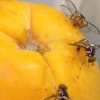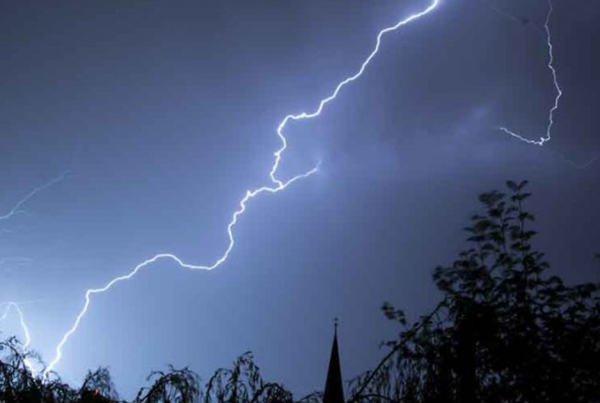
How much do you know about soil care, tree nutrition, and even tree care?
If the answer is “not much,” you’d be forgiven—most people think that trees don’t need anything besides water and a lot of sunshine. But that is actually not true. Trees need a lot of things in order for them to grow robustly. With that said, it is extremely vital that you consider the factors that can ensure that your trees stay strong and healthy.
Just like us, trees also require nutrients for them to thrive and grow. And when there is a dearth of one or several of these, the trees will not reach their full aesthetic potential and become more susceptible to the depredations of diseases and pests. In fact, nutrient deficiency in the soil is one of the many reasons why fertilizers are essential.
However, fertilizing trees is not as easy as it seems to be. You have to consider the pH level of soil, the fertilizer application method, and of course, the type of fertilizer to be used. Today, we’ll share with you everything that you need to know about tree nutrition and soil care.
Fertilization Management
The main objective of tree fertilization is eliminating any nutrient deficiency. If a tree gets all the nutrients it needs, its health and appearance (and even production of fruits) improve. But, before you add any kind of fertilizer, you have to see first that it is the right one for your plant.
- Tree owners are advised to only apply nutrients that their trees lack.
Applying any kind of fertilizer without say, measuring first the pH level of soil can harm your trees in more ways than one.
Checking the Soil pH Levels
By measuring the soil’s pH levels, you will know how acidic or basic it is. Once you find out the pH level of your soil, knowing the kind of fertilizer that suits your trees become easier. While there are a lot of soil pH kits that can enable you to conduct pH tests immediately, you can also consider hiring a professional to do a soil analysis.
Picking the Right Fertilizer for Your Trees
Generally, these are the qualities that tree owners should look when choosing the ideal fertilizer:
- It shouldn’t have a high ratio of phosphorous and potassium. (Trees do not really go well with 10-10-10 fertilizers).
- The salt index of the fertilizer should be less than 50 since salt is not great for a tree’s health.
- Slow-release fertilizers are better in that they ensure the tree doesn’t get saturated with a volume that might overwhelm it.
How to Apply Fertilizer
Once you are done selecting the ideal fertilizer for your trees, it’s now time to focus on the different fertilizer application methods. If it is possible, you should apply the fertilizer to the soil before planting your trees, but as they grow, they will still need a continuous supply to help supplement whatever nutrients they siphon from the earth. Here are some of the most common methods of applying fertilizers:
Surface Application
This method is ideal if there is no flora growing over the tree roots (i.e., thick patches of grass, etc). Usually, fertilizer spreaders are used to evenly seed the soil with dry fertilizer or liquid fertilizer.
Trunk and Foliar Application
Another common fertilizer placement involves the foliage and trunks of the tree.
- You can either spray the fertilizer on the tree’s foliage or inject it directly into the tree trunk.
However, this method should only be done when soil application does not seem to give you the results that you want. This application is considered as an advanced method; it would be best if you hire a professional arborist.
Deep Placement
Also called as sub-surface placement, this method involves drilling holes and pouring the fertilizing into these holes.
- This fertilizer placement ensures that fertilizer does not get washed away along with the topsoil in case you’re living in a region with mercurial weather conditions.
A caveat: Since the fertilizer is placed close to the roots, there’s a great chance that it can damage the roots.
Choosing the right fertilizer placement is also vital as it can help the tree grow stronger. If you are still hesitant with what kind of fertilizer application is best for your trees, asking an expert arborist is always a good option.
Another Fertilizing Method: Mulching
Besides fertilizer, another great way of ensuring that your trees grow robustly is by mulching the area around it. Mulching has plenty of benefits for trees; it suppresses the growth of the weeds, it improves soil nutrition and holds moisture.
Again, seeking help or opinion of a professional arborist is always the best preference if you want to ensure that your trees are getting optimal nutrient levels.











